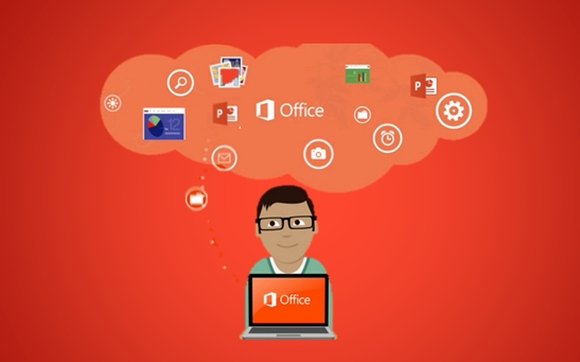Significance of PowerPoint Presentations in E-Learning (7 Reasons)
Last updated on June 15th, 2023
In an era of digital communication, PowerPoint presentations have emerged as a vital tool in various spheres of life. From business meetings to academic lectures, and even to personal planning, PowerPoint presentations are ubiquitous. But what makes them so important? Why has this presentation tool gained such a prominent position in our professional and academic lives?
Usually, people think PowerPoint Presentations are mere slideshows that limit your e-learning process to clicking and reading. But this is just half the truth. It all depends upon how you have created your slides and what amount of content you have put in, which defines the accuracy of your slides.
Presentation plays a vital role in e-learning and has revolutionized the concept of providing knowledge at all levels. Whether in the initial stages, like schools and colleges or on the corporate front, learning has taken a new edge with advanced technology. Now lectures, seminars, and project discussions seem like they could be more exciting, all thanks to PowerPoint.

The significance of PowerPoint Presentations in e-learning becomes clear from the fact that it has given access to a variety of online resources and tools which have helped in creating an engaging and interactive learning environment. Let’s have a glance at some of the major plus points of PPT’s in electronic learning, which has completely modernized the whole learning process:
1. Clarifying Complex Information
The power of PowerPoint, quite literally, lies in its ability to make power points – to distil complex information into comprehensible nuggets. By incorporating diagrams, charts, infographics, and other visual aids, PowerPoint allows the presenter to simplify intricate concepts. In other words, PowerPoint presentations can act as a bridge, making the journey from confusion to understanding smoother for the audience.
2. Organizing and Structuring Content
Another fundamental strength of PowerPoint is its ability to organize information logically and coherently. As in Google Slides, PowerPoint structures content into individual slides, allowing the presenter to systematically work through the topic. This ensures that the narrative of the presentation unfolds with clarity, helping the audience follow along without getting lost in a maze of information.
3. Engaging the Audience
PowerPoint presentations are not merely about informing – they’re about engaging. Through the use of multimedia elements such as videos, 3D models, images, transitions and animations, presenters can create a dynamic and interactive experience for their audience. This feature makes the content more captivating, thereby increasing audience attention and retention.
4. Reinforcing Key Points
With PowerPoint, presenters can emphasize critical points and ideas through visual cues. Highlighting important phrases, utilizing bold colors and text, or leveraging distinct design elements can draw attention to the key takeaways of a presentation. This technique aids in cementing these points in the audience’s memory, thereby increasing the impact of the presentation. Additionally, presenters and presentation designers can rely on existing presentation rules like 10/20/30 rule for presentations or use the rule of threes to convey a message effectively.
5. Facilitating Note Taking
From an audience’s perspective, PowerPoint presentations offer a visual summary of the main points, thereby making note-taking easier. This can be particularly beneficial in academic settings, where students need to capture crucial information efficiently.
6. Professionalism and Persuasion
PowerPoint presentations can lend a sense of professionalism and credibility to the presenter. This can be crucial in business settings where first impressions can be decisive. Moreover, PowerPoint can be a potent tool for persuasion. When facts, figures, and arguments are presented in a visually appealing and organized manner, they can be more convincing.
7. Portability and Flexibility
Finally, PowerPoint presentations are prized for their portability and flexibility. They can be easily shared, disseminated, and updated, allowing information to flow smoothly and rapidly. This feature makes them a practical choice for a wide range of applications.
However, the power of PowerPoint comes with a caveat. The effectiveness of a presentation depends heavily on its design and delivery. A poorly designed presentation can end up being confusing or even counterproductive. Hence, understanding and implementing best practices in slide design and presentation skills are crucial.
Final thoughts
In conclusion, PowerPoint presentations have proven to be an indispensable tool in modern communication. Their significance transcends the realm of business and academics, permeating into various aspects of our lives.
They provide a platform for presenters to simplify complex information, structure content logically, engage audiences, emphasize key points, and portray a level of professionalism that can be very persuasive. In addition, PowerPoint’s flexibility and portability make it a practical tool for information sharing.
However, it’s essential to bear in mind that the tool’s effectiveness is greatly influenced by the design and delivery of the presentation. Thus, while we celebrate the many benefits of PowerPoint, we must also commit to learning and practicing good design and presentation skills to harness its full potential truly. With that in mind, PowerPoint presentations can be transformative, turning every opportunity into a powerful moment of impact and connection.
